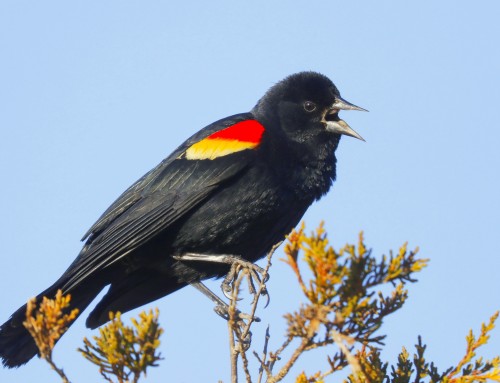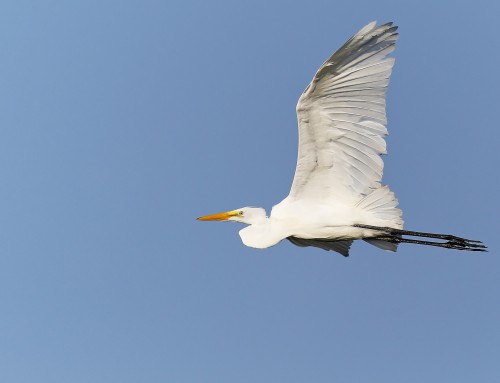Aug. 24, 2024: The Saltmarsh Sparrow is a small, secretive bird with streaked brown and buff plumage found in local tidal marshes. At summer’s end, these sparrows prepare for migration, forming loose flocks and adapting to tidal cycles. This Saltmarsh Sparrow was recently seen in Great Sippewissett Marsh
At the end of the summer breeding season in Falmouth, Saltmarsh Sparrows exhibit specific behaviors tied to their life cycle and the changing environment. By late August, most of their breeding activities have concluded. Here’s a snapshot of their behavior during this time:
1. Completion of Breeding: The breeding season for salt marsh sparrows typically wraps up by mid to late August. These sparrows are known for their unique breeding strategy, where nests are built low in the salt marsh grasses, often just above the high tide line. By the end of summer, the final broods are fledging, and the birds shift focus from breeding to preparing for migration.
2. Molting: As the breeding season ends, salt marsh sparrows undergo molting, replacing their worn feathers with fresh plumage. This molt is critical for their preparation for the journey ahead, as they need strong, new feathers for migration.
3. Foraging Behavior: With the breeding season over, salt marsh sparrows spend more time foraging to build up fat reserves for migration. They primarily feed on insects and small invertebrates found in the marsh, but as food availability changes with the season, they may also consume seeds and other plant material.
4. Reduced Singing: Males, who are typically more vocal during the breeding season to attract mates and defend territories, significantly reduce their singing. The marshes become quieter as the sparrows’ focus shifts away from mating.
5. Preparing for Migration: Salt marsh sparrows are partial migrants, meaning not all individuals migrate. Those that do prepare for their journey south by feeding intensively to accumulate energy reserves. Their migration routes generally lead them to coastal areas in the southeastern United States.
6. Social Behavior: Post-breeding, salt marsh sparrows may be seen in loose flocks as they move through the marshes. While they are generally solitary or territorial during the breeding season, this time of year sees them becoming more social, particularly as they prepare for migration.
7. Response to Tides: These sparrows continue to be highly attuned to the tidal cycles, as high tides can inundate their habitats. They often forage during lower tides when more of the marsh surface is exposed.
In summary, the end of the summer breeding season marks a transition period for Saltmarsh Sparrows on Cape Cod, as they shift from breeding activities to preparation for migration, characterized by changes in behavior such as molting, increased foraging, and reduced singing.







Leave A Comment
You must be logged in to post a comment.